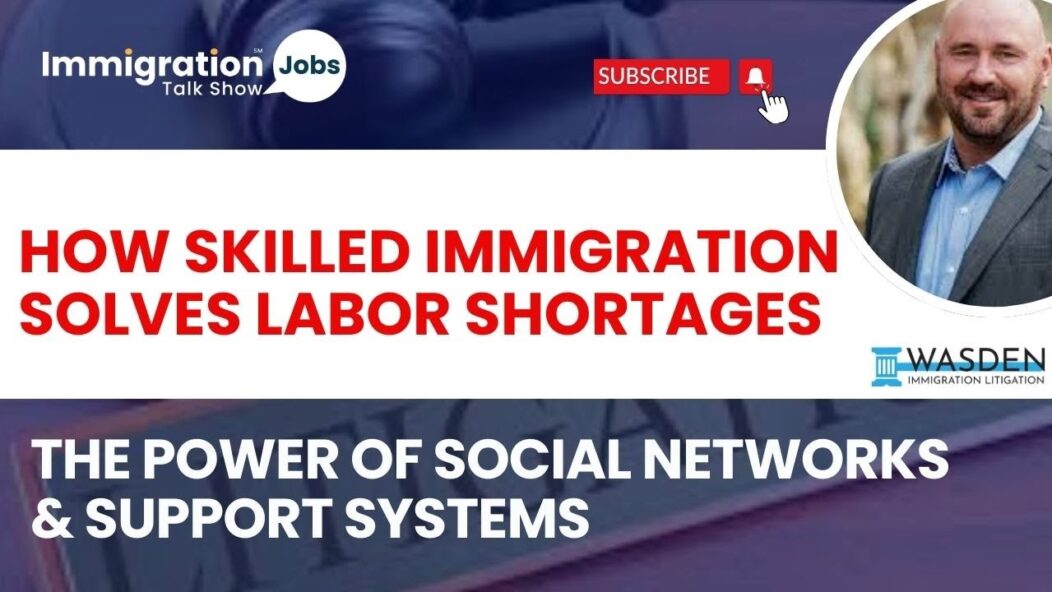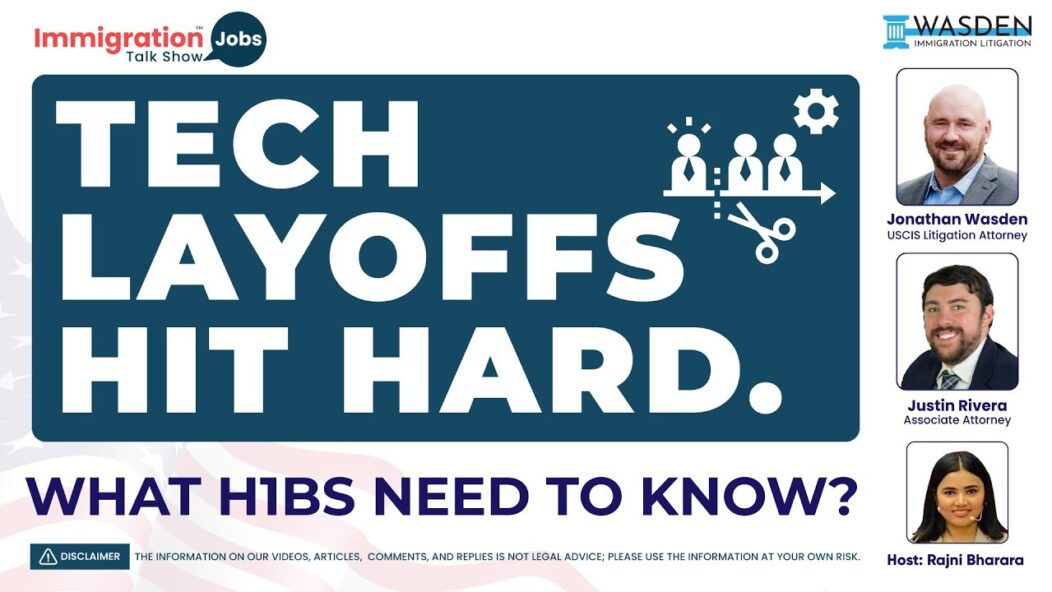The “Keeping Families Together” process, introduced by the U.S. Department of Homeland Security (DHS) in August 2024, marks a pivotal moment in U.S. immigration policy. This initiative is designed to address the challenges faced by noncitizen spouses and stepchildren of U.S. citizens, offering them a pathway to remain in the U.S. while applying for lawful permanent resident (LPR) status. This comprehensive guide explores the key aspects of this program, its implications for families, and the role of legal aid in navigating the process.
Understanding the Need for Reform
Family reunification has long been a cornerstone of U.S. immigration policy, enshrined in the Immigration and Nationality Act of 1965. However, the system has been plagued by inefficiencies, leading to prolonged separations and significant emotional and logistical challenges for families. The COVID-19 pandemic further highlighted the need for a more efficient and compassionate approach to immigration. The “Keeping Families Together” process is a direct response to these challenges, aiming to streamline the process and preserve family unity.
What the Program Offers
At its core, the “Keeping Families Together” initiative allows eligible noncitizens to remain in the U.S. while their applications for LPR status are processed. This is achieved through “parole in place,” a legal tool that grants temporary permission to stay in the country without formal admission. This status enables noncitizens to apply for LPR status without having to leave the U.S., thereby avoiding the hardships of family separation.
Eligibility Requirements and Application Process
To qualify for this program, noncitizens must meet stringent eligibility criteria. These include continuous physical presence in the U.S. for at least ten years, being married to a U.S. citizen as of June 17, 2024, and having no disqualifying criminal history. Stepchildren must also meet specific legal definitions under U.S. immigration law. The application process involves filing Form I-131F online, with each case assessed on a case-by-case basis.
Legal Foundations and Ethical Considerations
The “Keeping Families Together” process is grounded in the discretionary parole authority granted to DHS under Section 212(d)(5)(A) of the Immigration and Nationality Act. This authority allows DHS to grant parole in place for significant public benefit or urgent humanitarian reasons. However, the discretionary nature of this process raises important legal and ethical questions. While it provides a necessary tool to address humanitarian concerns, it also introduces uncertainties, as not all applicants will be granted parole.
Challenges Facing the Program
Despite its benefits, the “Keeping Families Together” process is not without challenges. The high volume of potential applicants—estimated at 500,000 noncitizen spouses and 50,000 noncitizen stepchildren—could lead to significant delays. Additionally, the discretionary nature of the process means that outcomes may vary, with some applicants facing the risk of denial. These challenges underscore the importance of ongoing support and legal guidance for those navigating the process.
The Importance of Legal Aid
Given the complexities of the “Keeping Families Together” process, seeking legal assistance is highly recommended. An experienced immigration attorney can help applicants understand their options, assess their eligibility, and navigate the complexities of U.S. immigration law. This is particularly important for individuals with complicated cases, such as those with prior immigration violations or criminal histories.
Dos and Don’ts When Engaging an Attorney
When seeking legal aid, it’s important to approach the process with transparency and organization. Provide your attorney with complete and accurate information about your immigration history, family situation, and any concerns you may have. This will help your attorney provide the best possible advice and representation. Additionally, maintaining clear and organized communication with your attorney will help streamline the process and ensure that all necessary documentation is in order.
Preparing for Potential Pitfalls
While the “Keeping Families Together” process offers a pathway to remain in the U.S., applicants should be prepared for potential challenges. These may include delays due to high application volumes, the risk of denial due to the discretionary nature of the process, and the need to meet all statutory and regulatory requirements for LPR status. Legal assistance can be invaluable in navigating these challenges and ensuring a smoother application process.
Looking Ahead: The Future of Family Unity in U.S. Immigration
As the “Keeping Families Together” process is implemented, it will be important to monitor its impact on families and the broader immigration system. The success of this initiative will depend on effective implementation and the ability to address potential challenges, such as backlogs and the discretionary nature of parole. By focusing on family unity and leveraging existing legal frameworks, the DHS is making a crucial step toward a more compassionate and efficient immigration system.
Conclusion
The “Keeping Families Together” initiative is a significant development in U.S. immigration policy, offering a compassionate approach to family unity. By allowing eligible noncitizens to remain in the U.S. while applying for LPR status, the DHS is addressing some of the longstanding challenges of the immigration system. For those navigating this process, legal aid can be an invaluable resource, helping to ensure a smoother and more successful outcome.
FAQs
Q: What is the “Keeping Families Together” process?
A: It is a DHS initiative allowing certain noncitizen spouses and stepchildren of U.S. citizens to stay in the U.S. while applying for lawful permanent resident status.
Q: Who is eligible for this program?
A: Noncitizen spouses and stepchildren who meet specific criteria, including continuous physical presence in the U.S. for at least ten years and a valid marriage to a U.S. citizen.
Q: How does the application process work?
A: Eligible individuals must file Form I-131F online through a USCIS account. Each application is reviewed on a case-by-case basis.
Q: What challenges might applicants face?
A: Potential challenges include application backlogs, delays, and the uncertainty of a discretionary approval process.
Q: Can applicants work while their application is being processed?
A: Yes, paroled noncitizens are eligible to apply for work authorization, which allows them to contribute to the U.S. economy while their status is resolved.
This initiative is a pivotal development in U.S. immigration policy, reflecting a commitment to family unity and a more efficient immigration system.
Contact Us
For more information or to schedule a consultation, visit our website at Wasden Law, Our experienced litigation attorneys are ready to fight for your rights and ensure your immigration journey is as smooth as possible.
🔍 Have questions or need advice? Drop a comment below! Our team is here to help. 🗣️💬
✉️ Connect with us for personalized guidance and support. Let’s navigate your immigration journey together. 🌐📩
💡 Curious about your specific case? Ask us in the comments and get expert advice tailored to your needs. 🧑⚖️📝
Disclaimer:
The information provided in this article is for general informational purposes only and does not constitute legal advice. While we strive to ensure the content is accurate and up-to-date, it is not a substitute for professional legal consultation. Immigration laws and regulations are subject to change, and their application can vary based on specific circumstances. We recommend scheduling a consultation with us to obtain advice tailored to your individual situation. The authors and publishers of this article are not responsible for any actions taken based on the information provided herein.
How useful was this post?
Click on a star to rate it!









